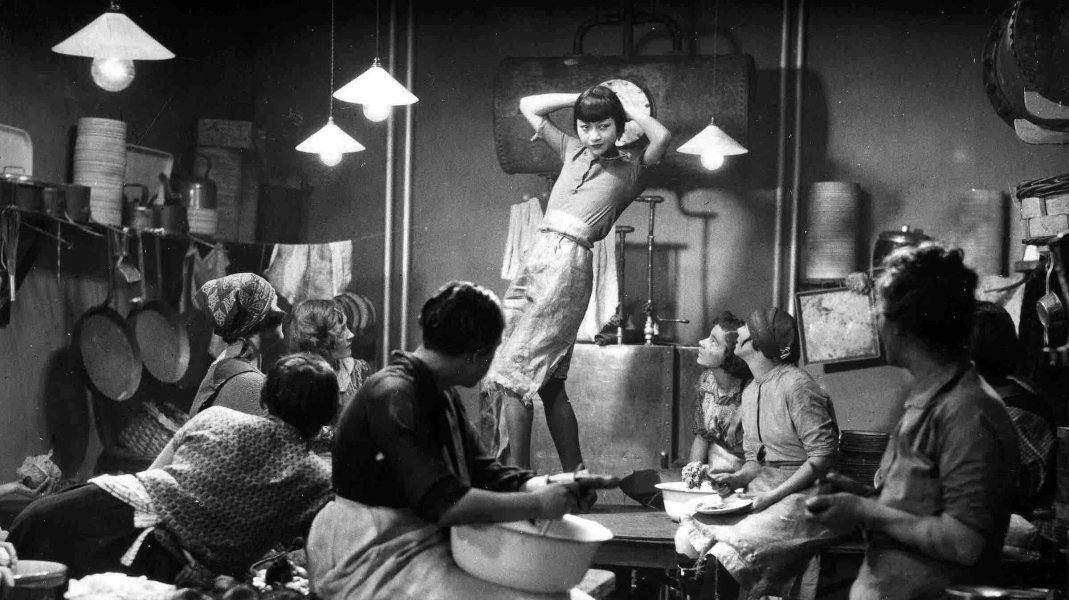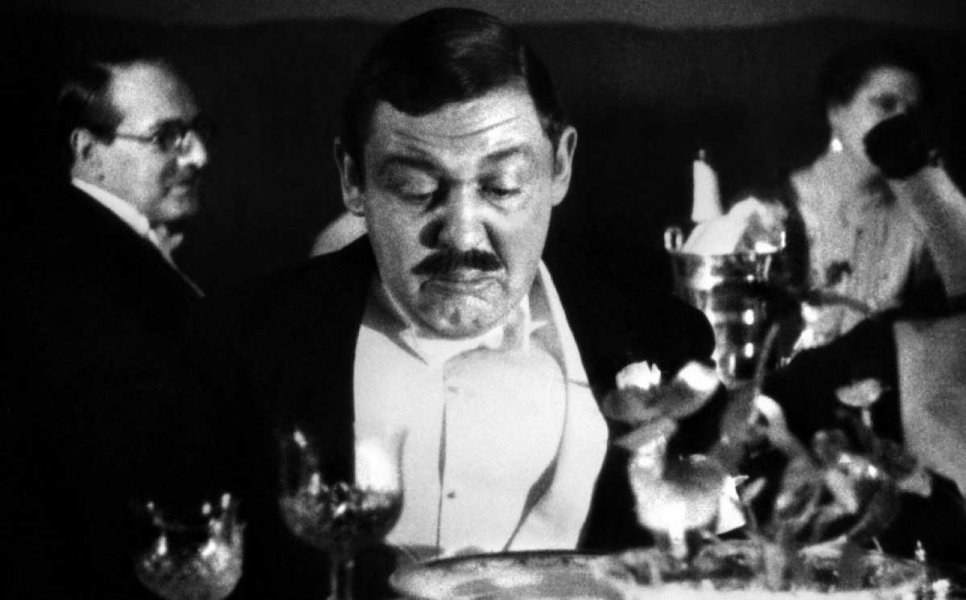Edward
Bartender
- Messages
- 25,390
- Location
- London, UK
The original Cape Fear is a great, really disturbing flick. Personally, I like it better than Marty's 90s remake. And it's the only other movie where Mitchum is nearly as scary as he is in The Night of the Hunter.
I like both, if for different reasons. The remake lacks that extra something that probably any remake almost inevitably (with rare exceptions) has up against an original expression. I actually saw the remake with deNiro first, and only years later discovered it was a remake. Sort of like being nineteen and discovering Van Halen didn't write You Really Got Me.... albeit that I still like the remake of Cape Fear.
Night of the Hunter is something else again. There's a scene where Mitchum walks into the house and calls "Children!" in a way that I always wondered whether it was an inspiration for Robert Helpmann's ChildCatcher in Chitty Chitty Bang Bang. Truly creepy.




